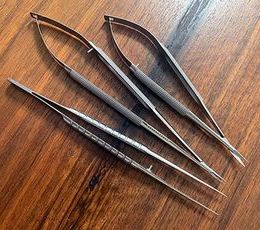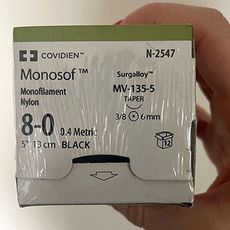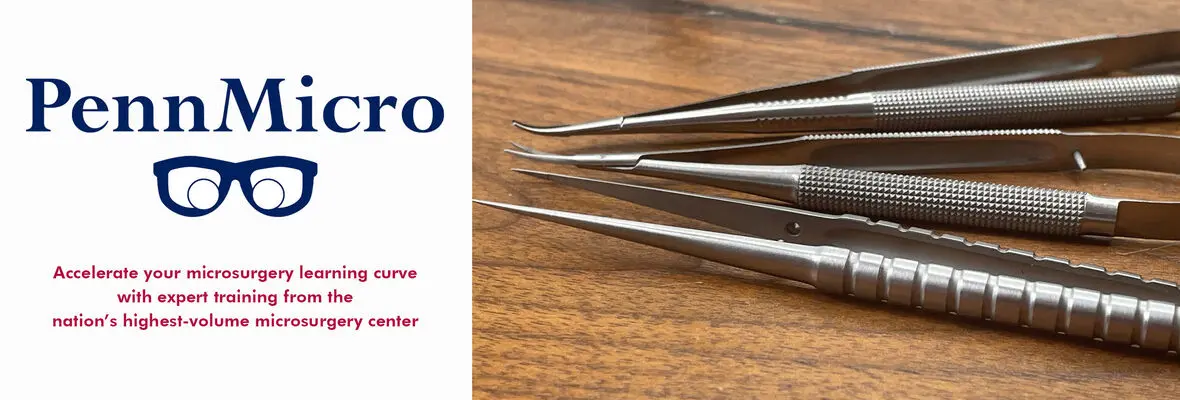Materials
You don’t need any fancy equipment to start honing your microsurgery skills. Many of the exercises in this series can be done with just pencil and paper. However, acquiring a practice set of microsurgical instruments and a few other basic supplies can help you get even further in your skill development outside of the operating room. Below is a list of the materials used in the course:
Microsurgical Instruments

These can be acquired from a variety of sources including Amazon, instrument supply companies, EBay, and from various companies that sell microsurgical sets specifically for practice. On Amazon, you can find a decent set of instruments for relatively little money ($20-50). You can get a higher quality set for $100-200. You should look for a set that includes (at a minimum) a micro driver, pickup, and scissor. Ideally your driver should be non-locking (aka they have a small dowel in between the tines but not a locking “Castro” mechanism), and your pickup should have a round body rather than being flat like an Adson pickup. Below are images of the instruments used throughout the course, which were purchased from a seller on EBay for $100.
Micro Suture

At Penn, we use 8-0 nylon on a taper needle as our standard suture. For extremely small vessels, we use 9-0 or 10-0 nylon on a taper.
Everyday Supplies
One of our goals in this course was to make practicing micro accessible using supplies that are readily at hand. A few basic, widely available items are used as part of this course:
- Plain paper
- Pens/pencils
- Paper clip
- Sticky tack
- Cotton balls
Operating Room Supplies
A few other supplies that can be found in most operating rooms (but can also be found from other sources including Amazon) are used in this course, including:
- Bone wax
- 8-0 nylon suture
- OR towels


